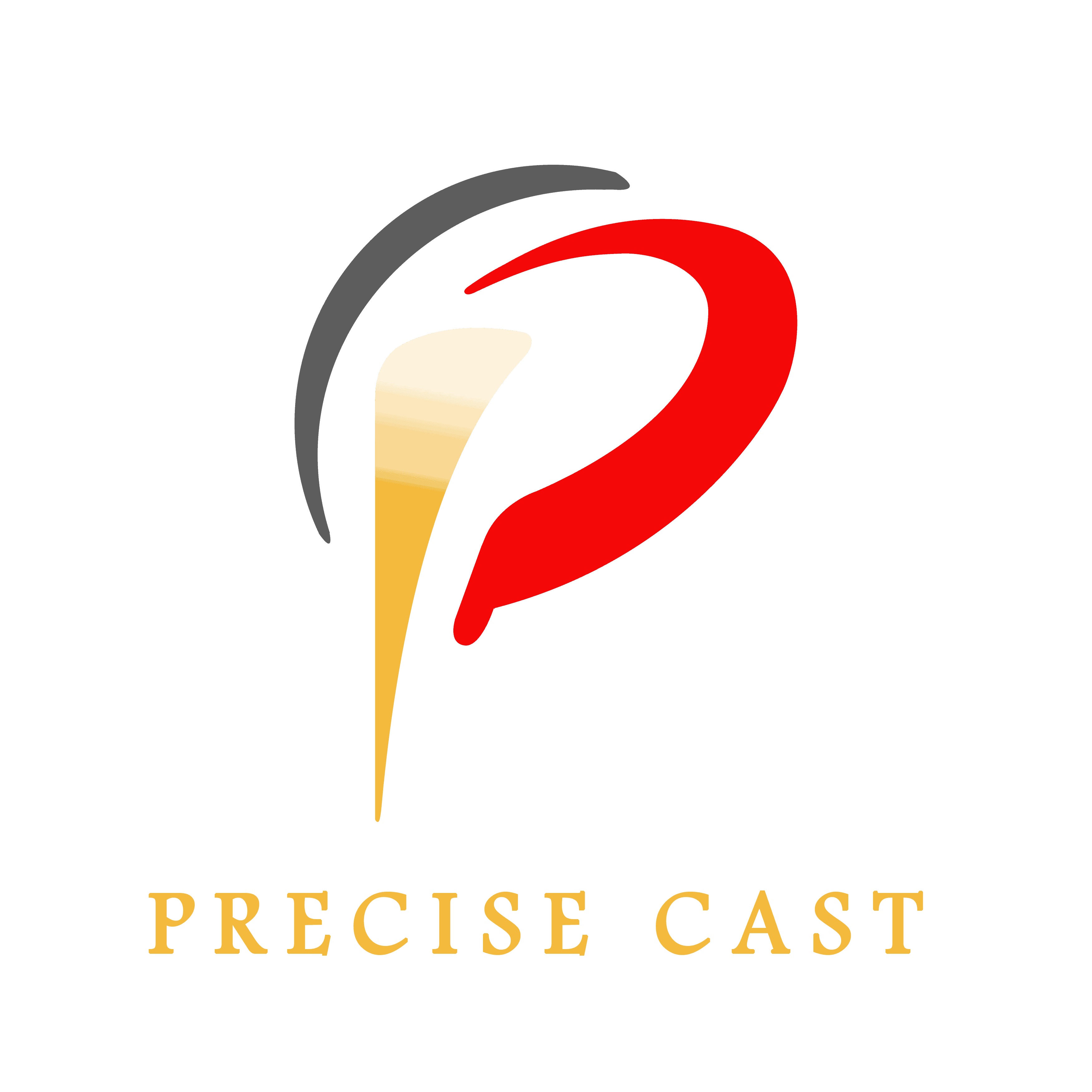In the manufacturing industry, especially in key industries such as aviation, aerospace, national defense, and automobile, the basic core components are generally metal parts, and a considerable number of metal parts are asymmetric, irregular curved surfaces or parts with complex structure and fine structure.
The production of these parts often adopts the method of disintegration processing or investment casting. Investment casting requires a master mold or transition mold to replicate metal parts. The design and manufacture of mold have become a bottleneck restricting the production of castings.
Rapid prototyping technology can quickly provide wax patterns required for investment casting. This solves problems in the traditional casting process, including the long preparation cycle of wax patterns, high production costs, and difficulty to produce complex structures such as curved surfaces, which greatly improves production efficiency and manufacturing flexibility.
Production Process of Rapid Prototyping Technology
- Rapid prototyping manufacturing technology is abbreviated as RPM, which includes molding methods such as SLS, SLA, and SLM. It integrates modern scientific and technological achievements such as CAD technology, numerical control technology, laser technology, and material technology.
- Different from traditional manufacturing methods, the process of rapid prototyping is to first generate a 3D CAD solid model or surface model file of a product, convert the solid model into the STL format of RP file standard, and fix the errors in the file conversion.
- Then, the data of each layer is transmitted to the rapid prototyping machine. Using additive manufacturing and using laser as a heat source, each layer is sintered or fused successively and connected at the same time until the whole part is completed.
- The materials used in the SLS forming method are various sinterable powders, such as paraffin wax, plastics, low melting point metal powders, or their mixture. Selecting the corresponding materials according to the process requirements, so as to realize the rapid production of physical models of products.
Combined Process of Rapid Prototyping and Investment Casting
Investment casting is the most accurate forming method of all casting processes, comes with well repeatability and fewer requirements for subsequent processing of castings. Investment casting requires the design and manufacture of wax patterns or other expendable molds.
Depending on the complexity and dimension of the casting, the production cycle usually takes several weeks to several months. After obtaining the mold, it still needs another week to produce the casting. Most of the time is used to build wax patterns and mold shells, which results in expensive mold costs and time consumption, especially for low-volume production.
The RPM technology can directly form wax patterns for investment casting without manufacturing molds. The wax pattern made by laser rapid prototyping (SLS) is made of paraffin wax powder.
The technological process is to spread a layer of powder on the workbench, and selectively sinter it with a laser beam under the control of the computer (the hollow part of the component is not sintered, still powder material), and the sintered parts will be solidified together to form the solid part of the component.
After one layer is completed, proceed to the next layer, and the new layer is firmly sintered together with the previous layer. After all sintering is completed, remove the excess powder to obtain the sintered wax pattern.
RPM technology is characterized by a wide range of materials. Paraffin powder can be used to make investment casting wax patterns, the ceramic powder can be used to build ceramic shells, and metal powder can be used to establish metal molds for pressing wax patterns.
The application of rapid prototyping technology in investment casting can be divided into three situations:
- Forming wax patterns or lost foam patterns, that is, prototypes for investment casting, are used for small batch production, product development, or trial production of complex castings.
- Direct shell-forming for small batch production.
- Rapid prototyping the master mold used to form the wax pattern, which is used for mass production.
- These methods solve the bottleneck problem of wax pattern manufacturing in the traditional process.
In Conclusion
The use of rapid prototyping technology to build wax patterns for investment casting can avoid the restrictions on the shape of castings and the development process due to the production of metal master mold, which can greatly shorten the development cycle, at the same the saved mold production cost can be used for the R&D and production of more complex high-precision cutting-edge castings.
Rapid prototyping and investment casting are complementary. Without rapid prototyping, the production of the master mold will be the bottleneck of investment casting. And if there is no investment casting, the application of rapid prototyping will also come with great limitations.
